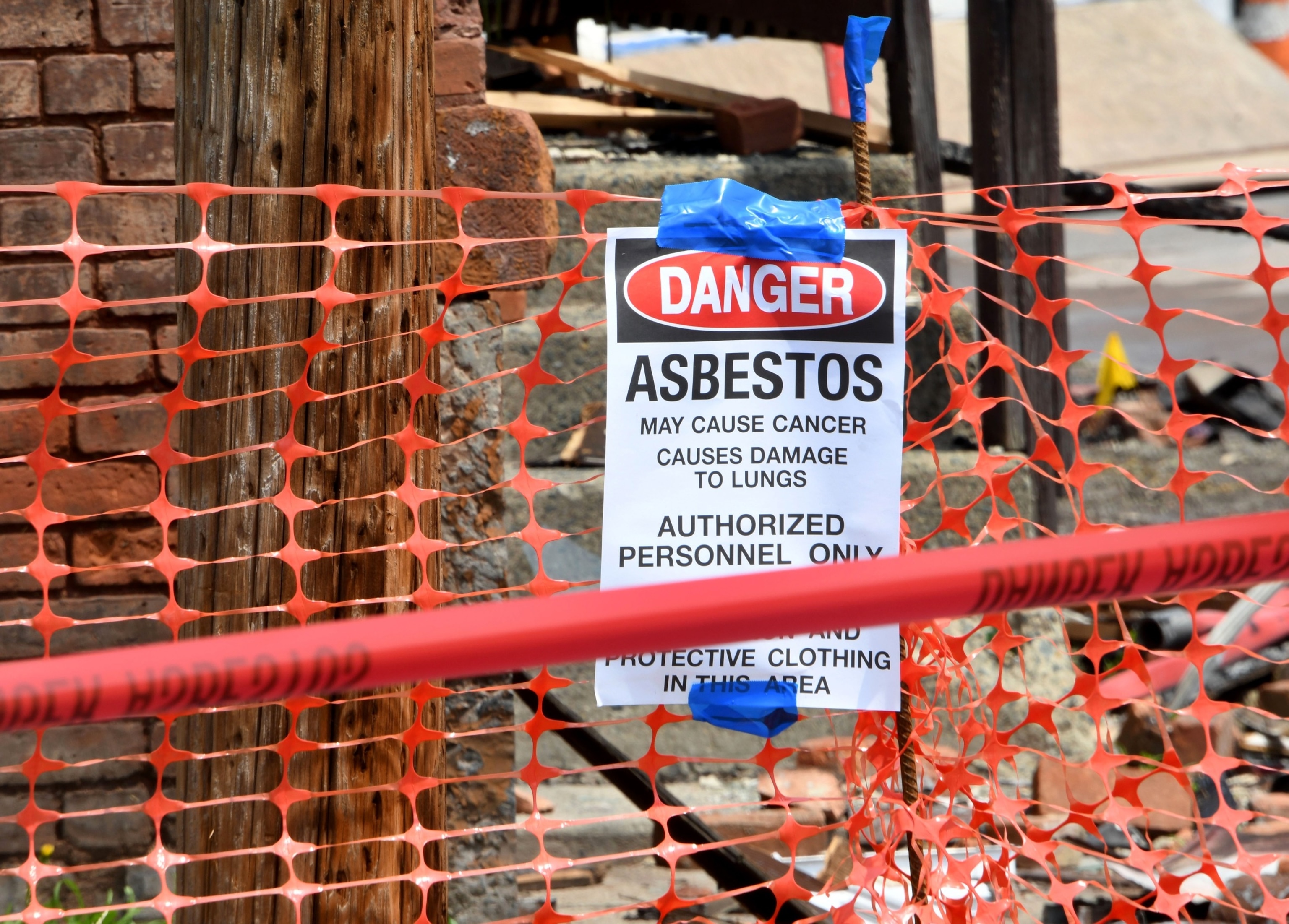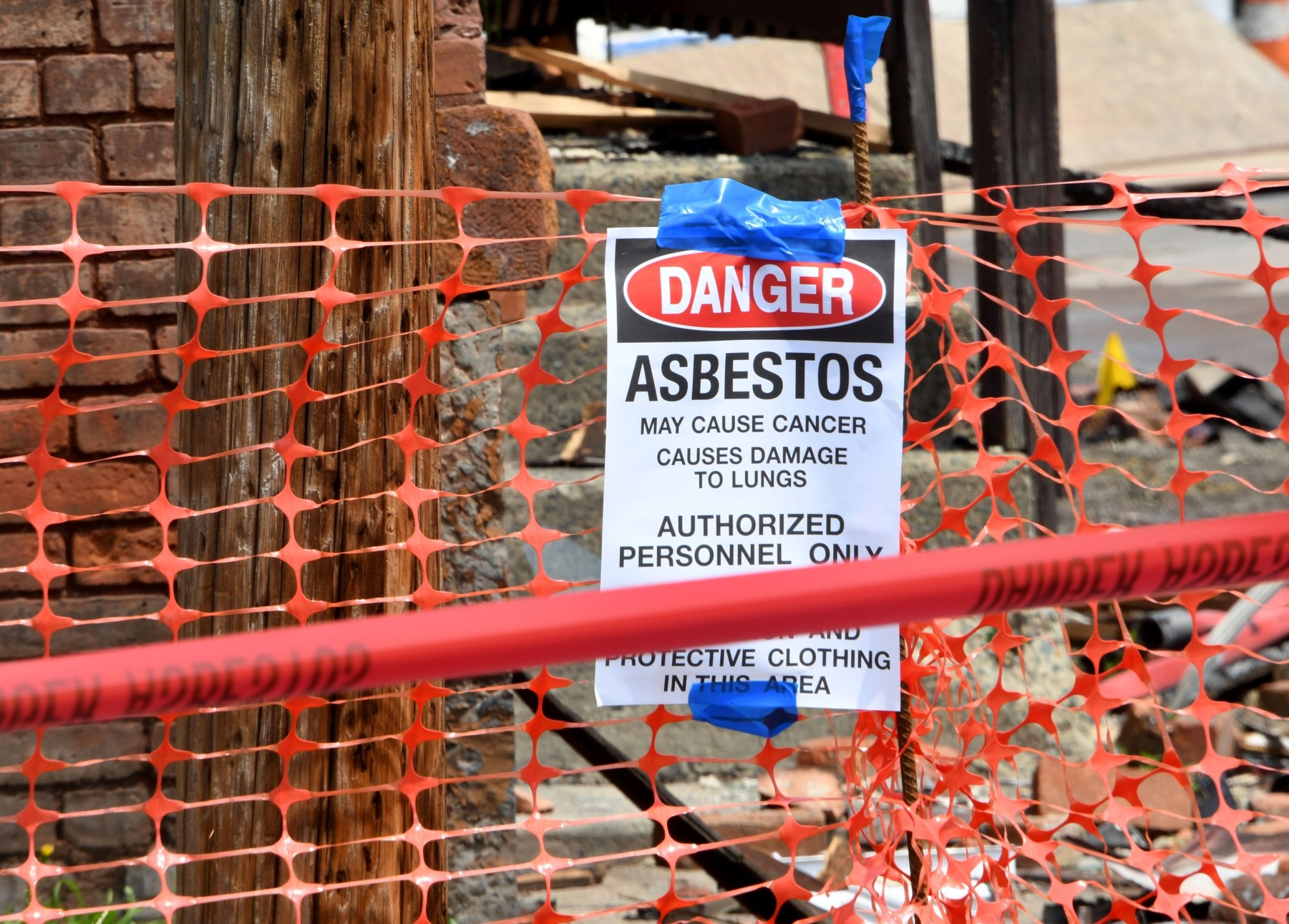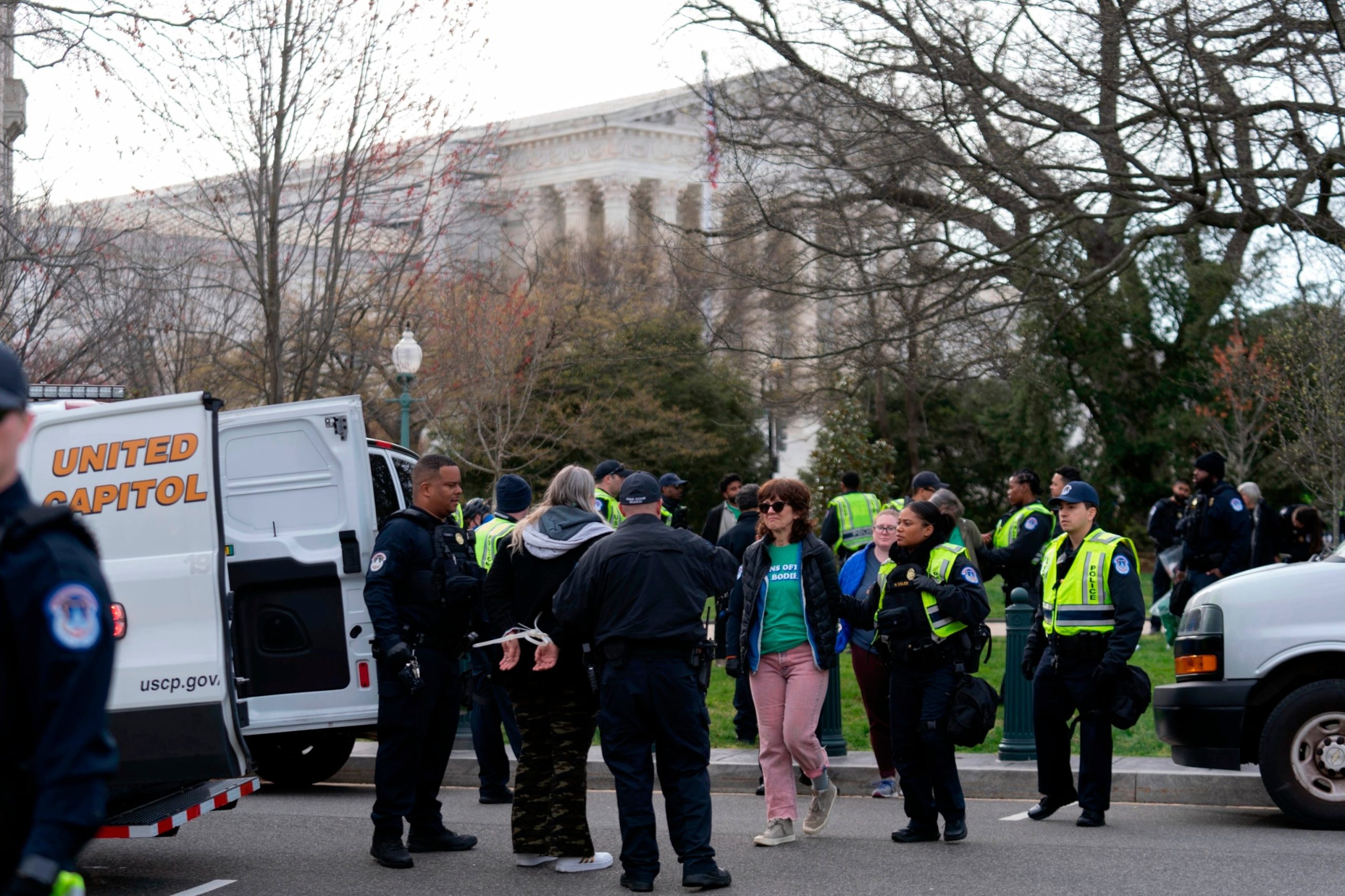The Environmental Protection Agency on Monday announced a United States ban on the ongoing use of chrysotile asbestos — a carcinogen that the agency estimates is linked to more than 40,000 U.S. deaths each year.
The announcement comes as part of President Joe Biden’s Cancer Moonshot initiative, which is using federal resources to make progress on cancer research and treatment.
“While the use of asbestos in the United States has been declining for decades, the use of chrysotile asbestos has continued to this day. Because of its resistance to heat, fire and electrical conduction, it has remained in use for a variety of construction and industrial products,” EPA Administrator Michael Regan said in a Monday press call.
“But the science is clear and settled,” Regan added. “There is simply no safe level of exposure to asbestos.”
Chrysotile asbestos is the only known form of asbestos currently used in or imported to the U.S. Exposure to asbestos can cause lung cancer, mesothelioma, ovarian cancer and other health issues, Regan said. It is also linked to more than 40,000 deaths in the U.S. each year, according to the EPA.
“Asbestos has harmed people across the country for decades, and under President Biden’s leadership, we are taking decisive action to ban its use and advance this administration’s historic environmental justice agenda,” White House Council on Environmental Quality Chair Brenda Mallory said in a news release. “This action marks a major step to improve chemical safety after decades of inadequate protections, helping advance President Biden’s Cancer Moonshot goal to end cancer as we know it.”
The EPA previously tried to ban asbestos in most products under the Toxic Substances Control Act in 1989, but the U.S. Fifth Circuit Court of Appeals ruled the ban could apply only to products that would use asbestos for the first time. Continued use of asbestos in existing products was permitted.
Asbestos is currently used in the U.S. in products such as brake linings and gaskets in cars and in the production of chlorine.

An asbestos danger sign is seen in front of the three row houses that were heavily damaged by fire, July 6, 2021 in Watervliet, N.Y.
Lori Van Buren/Albany Times Union via Getty Images
Monday’s ban is the first the EPA has issued for existing chemical use since Congress updated the Toxic Substances Control Act in 2016, which changed the process for evaluating and addressing safety concerns.
“The failed asbestos ban from over 30 years ago was the reason why we needed to rewrite TSCA. And why Congress did so with almost unanimous support in 2016,” said Michal Freedhoff, assistant administrator for the Office of Chemical Safety and Pollution Prevention. “Today’s rule is important for public health, but it’s also a symbol of how the new law can and must be used to protect people.”
Regan called the ban a “sign of what’s to come.”
“The Biden administration is transforming the way EPA is using the new chemical safety law to do what it was meant to do — protect people from toxic chemicals,” he said.
The EPA has set compliance deadlines for the ban to transition away from different uses of chrysotile asbestos, attempting to provide a reasonable transition period while discontinuing the use of asbestos in each product as soon as possible, the agency said.
“At EPA, protecting public health and the environment is our privilege and our greatest responsibility,” Regan said. “And today’s rule is a major step forward in helping us to achieve our goals.”
The Environmental Protection Agency (EPA) has recently announced a significant move in the fight against asbestos by prohibiting all remaining uses of the toxic mineral in the United States. This decision comes as a result of mounting evidence linking asbestos exposure to serious health risks, including cancer.
Asbestos is a naturally occurring mineral that was once widely used in a variety of products, such as insulation, roofing materials, and brake pads, due to its heat resistance and durability. However, it has been known for decades that asbestos exposure can lead to serious health problems, including lung cancer, mesothelioma, and asbestosis.
Despite these known risks, asbestos has not been completely banned in the United States until now. The EPA’s new rule effectively closes the remaining loopholes that allowed for some limited uses of asbestos in certain products. This means that any importation, manufacturing, or processing of asbestos-containing products will now be prohibited in the US.
The decision to ban all remaining uses of asbestos is a major victory for public health advocates and those who have been affected by asbestos-related diseases. It is estimated that tens of thousands of Americans die each year from asbestos-related illnesses, making it a significant public health concern.
In addition to the ban on asbestos, the EPA is also taking steps to strengthen regulations around other harmful chemicals and substances that pose risks to human health and the environment. This includes efforts to improve monitoring and enforcement of existing regulations, as well as working with industry partners to find safer alternatives to toxic substances.
While the ban on asbestos is a positive step forward, there is still much work to be done to protect the public from exposure to harmful chemicals and substances. It is important for individuals to be aware of the risks associated with asbestos and other toxic materials, and to take steps to minimize their exposure whenever possible.
Overall, the EPA’s decision to prohibit all remaining uses of asbestos in the US is a significant milestone in the ongoing effort to protect public health and safety. By taking action to eliminate this dangerous substance from our environment, we are moving closer to a future where all individuals can live free from the threat of asbestos-related diseases.



